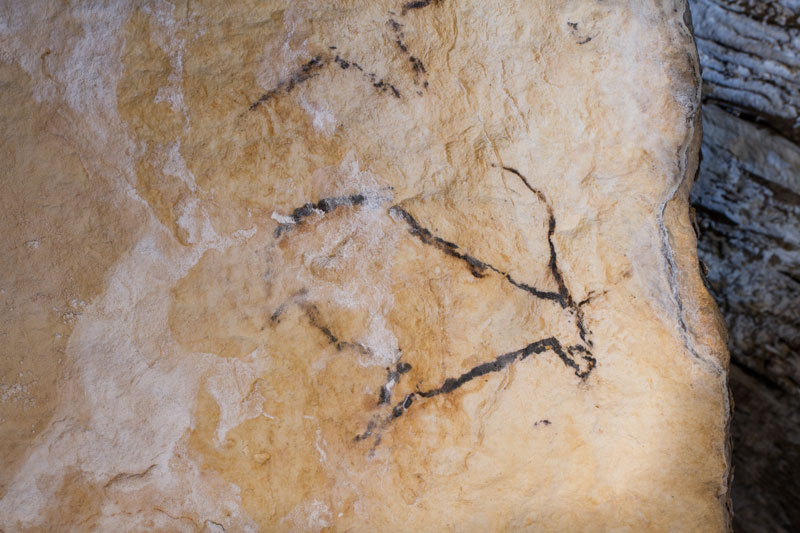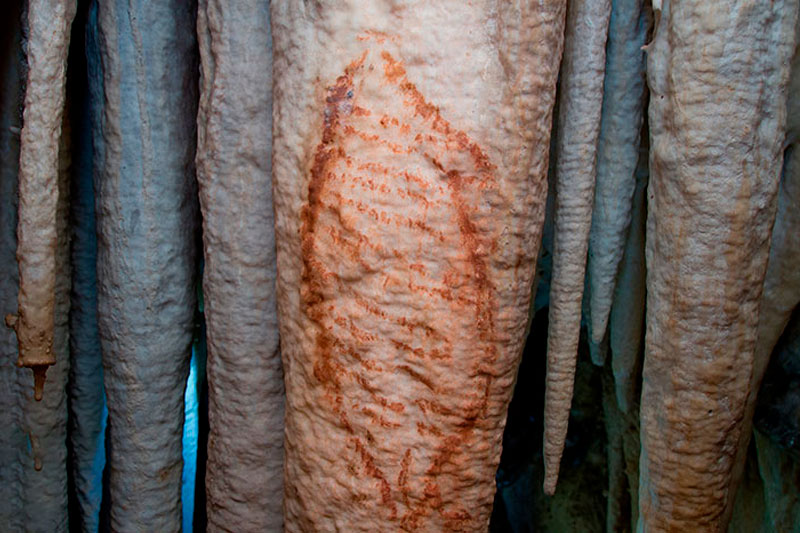Purchase your online ticket at the best price and avoid queues
Nerja cave
Cave Art of the Nerja Cave
The cave art of the Nerja Cave cannot be seen during the visit for conservation reasons. Currently, in the Virtual Reality Room of the site, which is included with the cave’s entrance ticket, recreations of this art are displayed.
Cave Art of Nerja Cave Cave Art of Nerja Cave Cave Art of Nerja Cave Cave Art of Nerja Cave Cave Art of Nerja Cave Cave Art of Nerja Cave Cave Art of Nerja Cave Cave Art of Nerja Cave Cave Art of Nerja Cave Cave Art of Nerja Cave Cave Art of Nerja Cave Cave Art of Nerja Cave Cave Art of Nerja Cave Cave Art of Nerja Cave Cave Art of Nerja Cave Cave Art of Nerja Cave Cave Art of Nerja Cave Cave Art of Nerja Cave Cave Art of Nerja Cave Cave Art of Nerja Cave Cave Art of Nerja Cave Cave Art of Nerja Cave Cave Art of Nerja Cave
Cave Art in Nerja Cave: Paintings, Engravings, and Portable Art
Nerja Cave is one of the largest archaeological sites in the Mediterranean Europe. Its chambers were visited by prehistoric groups over 41,000 years ago, although archaeological excavations, for now, only reflect an occupation recorded since the Gravettian period, with continuity in all phases of the Solutrean and the presence of the Upper Magdalenian Mediterranean, all of them located in the period known as the Upper Paleolithic. These Pleistocene cultures are followed by Epipaleolithic occupations and intense use, especially for burial purposes, during the Neolithic and the Copper Age, already in the Holocene.
However, the cave stands out archaeologically for housing one of the largest collections of cave art in the world. The oldest artistic manifestations seem to date back to around 35,000 years ago; however, the largest number of manifestations corresponds to the Solutrean sanctuary, around 20,000 years ago.
Prehistoric artistic manifestations were mostly executed in red pigment, although black pigment was also used. They are mostly distributed in the Tourist Galleries, although Solutrean artists also left their mark in the Upper Galleries.
Over 50 figurative representations have been identified, limited to a very small set of animals: deer, horses, goats, seals, fish, and a possible red schematic representation of the female figure.
The most abundant remains are evidence of a graphic code, clearly visible in the formation known as the “Organ.” These are signs arranged in series of dots and strokes that could be the earliest form of graphic communication by humanity.
Magdalenian groups, authors of such important works as Altamira, only left behind series of strokes and signs executed in black pigment in Nerja. These can be found in very restricted areas of the Upper Galleries, which are difficult to access. Interestingly, the dating of these charcoal-drawn graphics places them in the early stages of the Magdalenian period, with the paradoxical absence of stratified Magdalenian lower and full occupations in the excavated sequence.
Some evidence of astonishing craftsmanship, such as the red seals in the Chamber of Fish Shapes in the Kitchen Hall, do not yet have a clear dating, possibly representing the oldest works of art in Europe. Excavations have recovered minor stone and bone objects, portable art, with representations of signs, including a duck in one case that can be seen in the Nerja Museum.
But Neolithic and Copper Age societies also left their artistic manifestations in the cave. These are schematic representations of the human figure drawn in red, such as the well-known ‘Dancers‘ in the Torca Hall, likely archers. Engravings have also been identified, such as those found on the vaults of the “Red Children’s Ledge” in the Cataclysm Hall or on several flags in the Kitchen Hall. These engravings are known as “bitriangular” and resemble human figures with or without sexual attributes. They are related to funeral cults. They are not shown to visitors due to their fragility and the inaccessibility of the cave sectors used by prehistoric artists.



